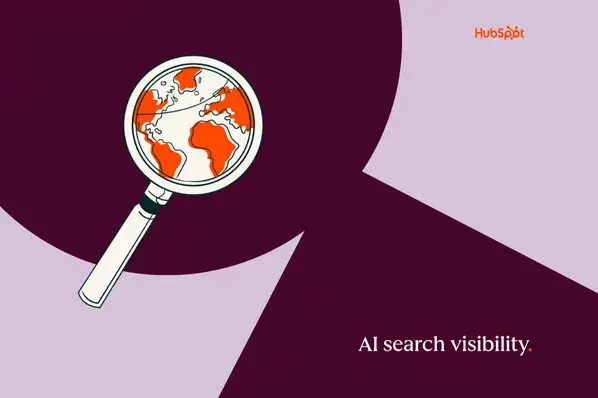Startup rocket take off over computer monitor and set of icons, space rocket flying start up … [+] internet business concept, online finance, marketplace or shop, vector illustration.
Cashless to Bankless: How Is Money Changing?
Speculation about the move towards a cashless economy increased considerably at the beginning of the decade. As consumers moved towards digital payment methods and e-commerce for more of their daily spending, the need to use physical currency began to dwindle. However, the underlying infrastructure that allowed this flow of cashless payments was still part of the traditional banking system, with fiat currencies supported by central banks being the means of storing and exchanging value.
The emergence of technology-driven currencies like Stablecoins, exchangeable and cryptographically secure assets with their value directly linked to a stable asset, prompts questions about how to integrate decentralized finance into everyday transactions. Moreover, creating these systems accessible to individual savers and investors will play a significant role in the shift toward a more tech-driven financial future.
The Evolution of International Payments
When managing financial transactions across multiple countries, one of the most common issues is the inflexibility of most systems regarding payment for goods or services or a regularly scheduled transaction. However, there are often hurdles of time and cost that sometimes make carrying out these transactions unappealing or prohibitive.
Working to overcome these downsides, the team behind Collect&Pay developed a state-of-the-art payment platform that includes a suite of tools to support international financial fluidity. By focusing on customer accessibility, they allow access to remote banking services, exchange, and payment processing tools to be used internationally and remotely with relative ease. Their customer support service operates 24/7 to accommodate the needs of all customers.
Connecting their payment infrastructure with accounting and automation tools lets customers track, record, and transact in real time. It will speed up business processes and solve the difficulties in international payments for many industries and countries.
Fintech Revolution: How Technology is Reshaping Trading
The adoption of retail trading platforms emerged in popularity several years ago, allowing more individuals access to financial instruments previously limited to those with access to an established financial institution. The additional tools individuals can access allow them to have wider options for managing their wealth building.
One of these platforms, S-Trade, features automated investment tools like copy-trading, where an account will automatically copy another trader’s strategy, or trading bots, which apply a particular strategy and trade automatically. These tools allow traders to carry out strategies without continually monitoring and managing their transactions.
Companies like S-Trade offer various familiar financial instruments like Options and Margin trading, loans, and Spot trading. A feature of digital currency exchanges like S-Trade also allows users to stake their tokens in exchange for rewards and passive income.
Expanding access has also meant creating a system that works for traders across many areas of need. S-Trades designed its interface to be intuitive for new users, letting them become familiar with the mechanics at their own pace. Additionally, they allow users to deposit and withdraw funds using their bank card, linking their savings and wealth-building activity directly to their everyday spending.
The Changing Meaning of MoneyWhile long-term financial predictions are challenging, the expanding array of tech-based solutions gives customers the necessary adaptability to changing conditions, particularly for those who need more flexibility than traditional institutions allow. The shift towards new models of financial institutions, such as hybrid exchanges, highlights the impact of new technology on the finance industry and the changing options available to individual savers, traders, and inventors.
As the barriers to entry for financial tools continue to decline, they are beginning to blur the line between everyday personal finance. Quickly shifting assets between trading accounts and their personal bank cards for daily spending allows new participants to enter the financial markets without tying up their funds long-term. These are some of the changes that emerging tech is bringing to the public to fill the cracks left by traditional financial institutions.










